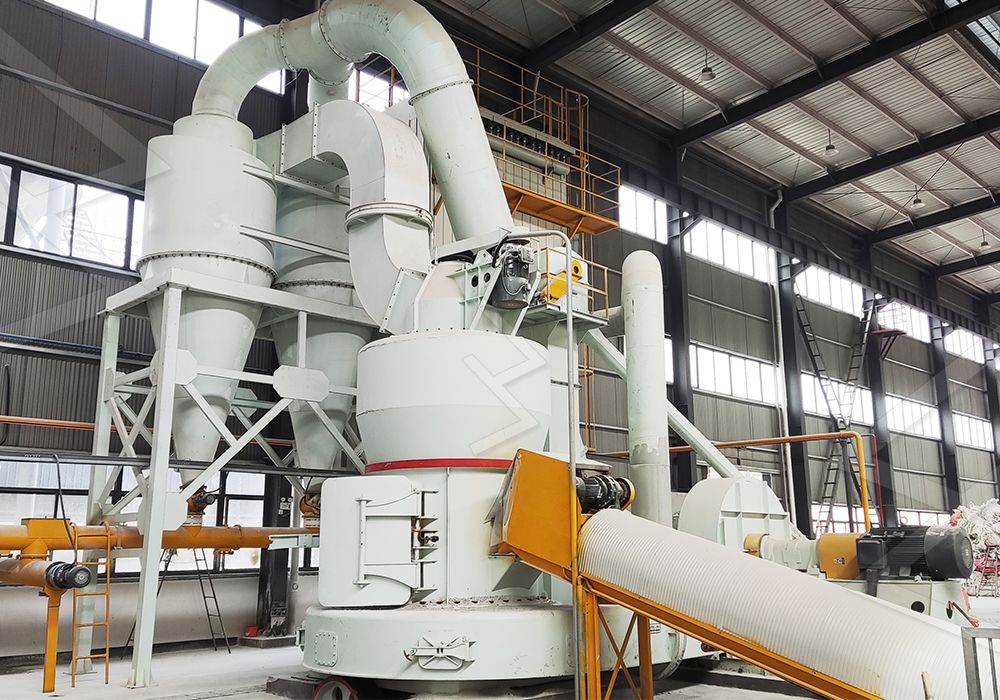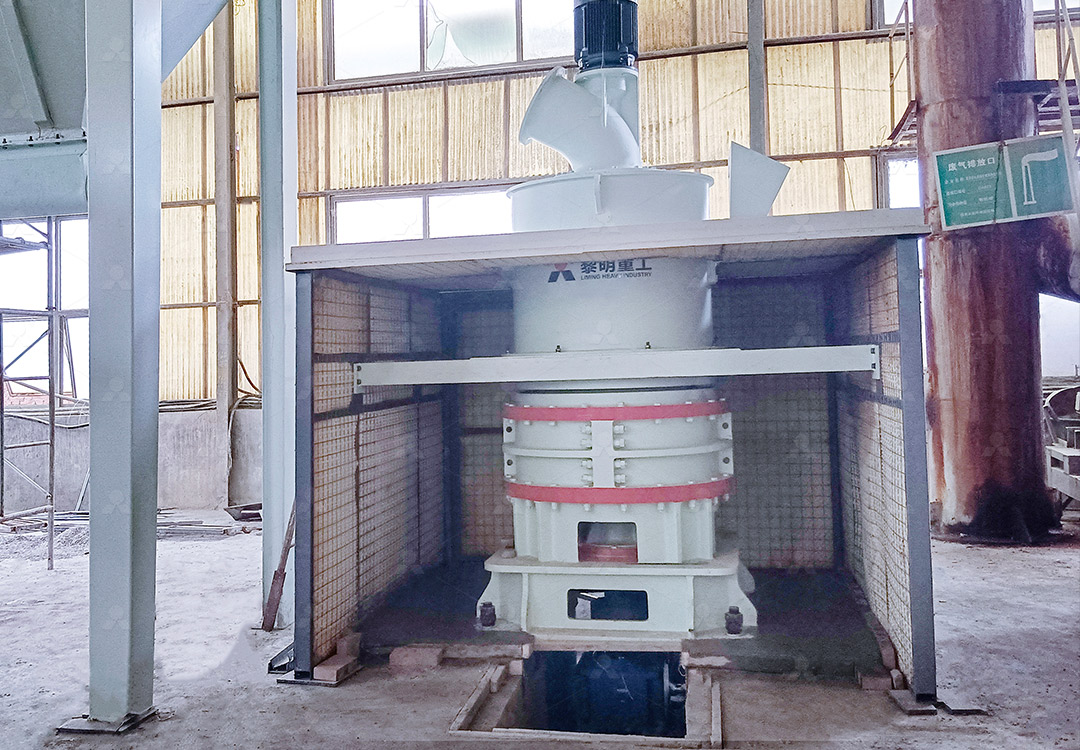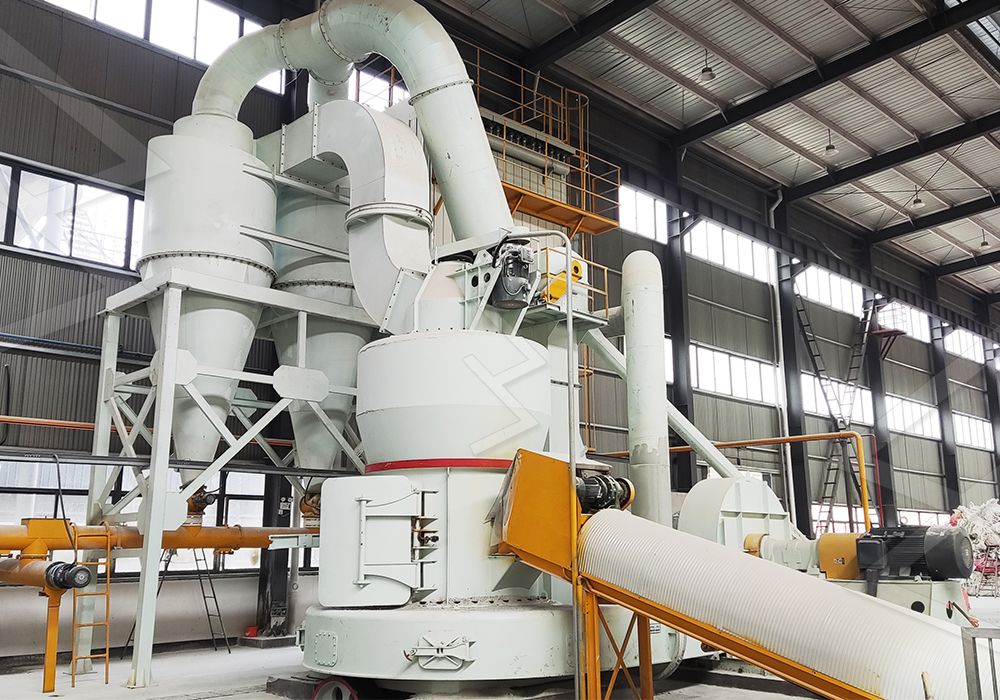Principle of High-Efficiency Limestone Powder Production Equipment
Principle of High-Efficiency Limestone Powder Production Equipment
In the modern industrial landscape, the demand for high-quality limestone powder is ever-increasing, driven by its extensive applications in construction, chemicals, agriculture, and environmental protection. The efficiency of limestone powder production hinges critically on the selection of appropriate grinding equipment. The core principle revolves around achieving maximum fineness and uniformity while minimizing energy consumption, operational costs, and environmental impact. Traditional ball mills, while reliable, often fall short in terms of energy efficiency and precise particle size control.
The evolution of grinding technology has led to the development of advanced mills that integrate crushing, drying, grinding, classifying, and conveying into a single, streamlined system. The key to high efficiency lies in optimizing the grinding curve, improving powder separation accuracy, and implementing robust dust collection and noise reduction systems. This ensures a closed-loop, environmentally friendly operation that adheres to stringent international standards.

Core Technologies for Enhanced Performance
Modern high-efficiency mills employ several proprietary technologies. Innovative grinding roller and ring designs enhance the material bed grinding process, significantly increasing yield while reducing specific energy consumption. For instance, compared to traditional jet mills or ball mills, advanced designs can improve capacity by up to 40% and slash energy use by 30-50%.
Precise particle size control is another critical aspect. State-of-the-art cage-type or turbine powder selectors, often incorporating German technology, allow for real-time adjustment of fineness between 325 and 2500 meshes, ensuring a high screening rate where 97% of particles (d97) are ≤5μm. This eliminates the need for repeated grinding, saving both time and energy.
Furthermore, maintenance-friendly designs are paramount for continuous operation. Features like external lubrication systems, reversible roller structures, and the absence of internal screws and rolling bearings in the grinding chamber prevent unscheduled downtime and reduce long-term operating costs.
Recommended Solution: MW Ultrafine Grinding Mill
For operations prioritizing ultra-fine powder production with superior environmental credentials, our MW Ultrafine Grinding Mill stands out. It is expertly engineered for customers requiring precise, high-yield ultrafine limestone powder.
- Input Size: 0-20 mm
- Capacity: 0.5-25 tph
- Key Advantage: Its newly designed grinding curves for the roller and ring boost efficiency, delivering a capacity 40% higher than jet mills and double that of ball mills at the same power level, yet consuming only 30% of the energy of a jet mill.
- Fineness Control: Equipped with a German-tech cage-type powder selector, it effortlessly adjusts product fineness between 325-2500 meshes.
- Eco-Operation: An integrated efficient pulse dust collector and muffler ensure a dust-free and low-noise production process, fully compliant with national environmental standards.

An Alternative for Integrated Milling: LUM Ultrafine Vertical Mill
For larger-scale projects requiring integrated drying and grinding, our LUM Ultrafine Vertical Grinding Mill is an exceptional choice. It combines the latest roller technology with advanced powder separation.
- Input Size: 0-10 mm
- Capacity: 5-18 tph
- Key Advantage: Its unique roller shell and lining plate curve facilitate easier material layer formation, enabling a high rate of finished product in a single pass. This enhances efficiency and improves the whiteness and cleanliness of the limestone powder.
- Automation: A PLC control system allows accurate control over grinding pressure and speed, leading to energy savings of 30%-50%.
- Stability: Double position-limiting technology guarantees stable operation, even under volatile conditions.
Both the MW and LUM mills exemplify the principle of high-efficiency limestone processing: achieving more with less—less energy, less space, less maintenance, and less environmental impact. Their digitalized manufacturing ensures high precision for all core components, backed by a reliable supply of original spare parts for worry-free, continuous operation.

In conclusion, selecting the right equipment based on these core principles is not just an operational decision but a strategic one, directly impacting productivity, product quality, and overall profitability. Investing in technology like the MW or LUM series is investing in the future of efficient and sustainable mineral processing.
